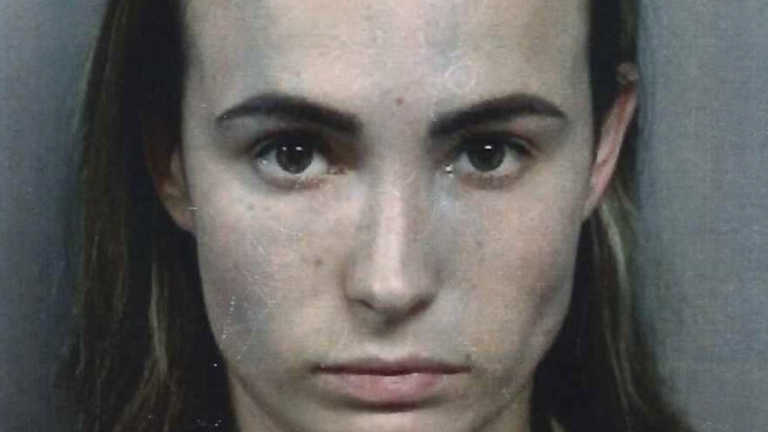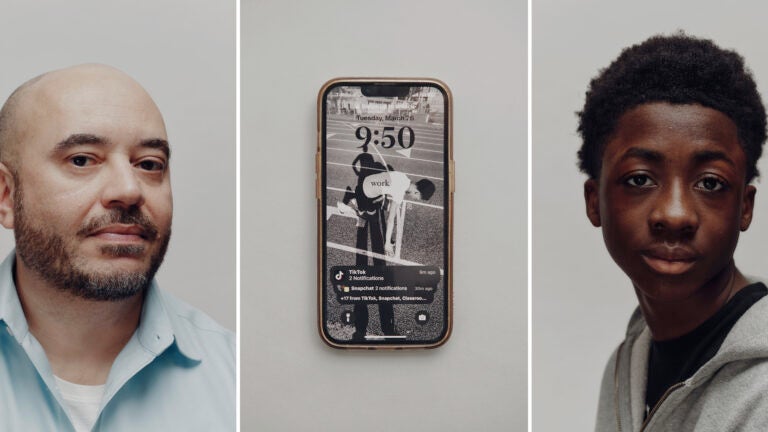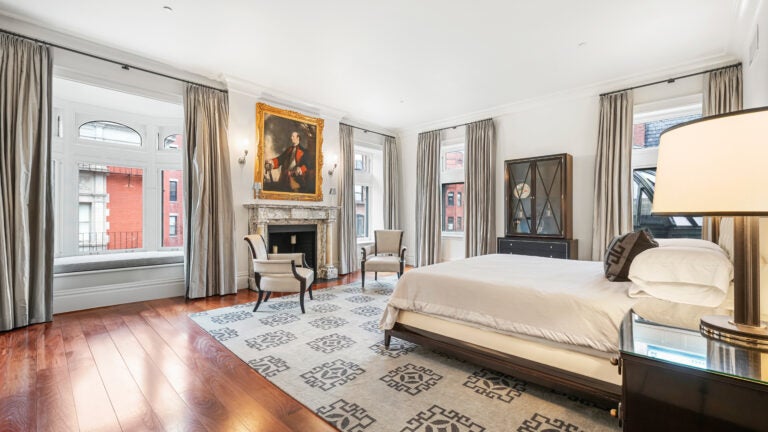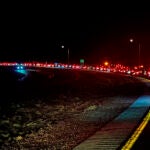Readers: Send us your 2024 solar eclipse photos
It's the first time since 2017 that an eclipse’s path of totality will cross a large swath of the continental U.S.
For more than two hours on Monday, the moon will slowly obscure the sun from view in a solar eclipse. Certain parts of the country will even be able to view a 100% total solar eclipse for around three minutes.
More on the eclipse:
The 2024 solar eclipse is the first time since 2017 that an eclipse’s path of totality — the viewing area where the sun will be 100% obscured by the moon — will cross a large swath of the continental U.S. The 2024 solar eclipse path of totality crosses 15 states, including Vermont, New Hampshire, and Maine.
During a solar eclipse, the temperature drops rapidly and the sky darkens as the moon passes in front of and blocks the sun.
Bostonians will experience a 92.55% eclipse, up from the 63% eclipse the city saw in 2017. The next total solar eclipse’s path of totality won’t touch the continental U.S. for another 20 years.
For those who plan to take photos of the solar eclipse, NASA recommends using a DSLR camera for the best quality, as opposed to a smartphone. If you’re using a DSLR, Associated Press chief photographer Julio Cortez advises using a smaller aperture — f11 or f17 — to keep the focus “a little bit sharper.”
The American Astronomical Society also recommends using a solar filter to protect DSLR cameras against intense sunlight and heat.
For those who don’t have a DSLR and plan to use their smartphones, there are several ways to improve your solar eclipse photos.
Some experts suggest HDR, or High Dynamic Range, mode, which takes a series of pictures at different light levels and then blends them into a single shot. This is ideal for combining an eclipse’s very dark and very bright areas.
Don’t use flash, make sure macro mode is not on, and hold a pair of eclipse glasses over the lens of a smartphone in place of a solar filter. The AAS also has a list of solar filter attachments for smartphones.
Once you’ve got your shot, send us your solar eclipse photos.
Tell us what the experience felt like (i.e. change in temperature, wildlife exhibiting unusual patterns, etc.). Photos can include snapshots of the eclipse, friends and family enjoying the event, as well as any creative snapshots.
Send us your photos by filling out the survey below or emailing us at [email protected], and we may share them in an upcoming article on Boston.com. Share your Instagram handle and we may also tag your photos.










Be civil. Be kind.
Read our full community guidelines.